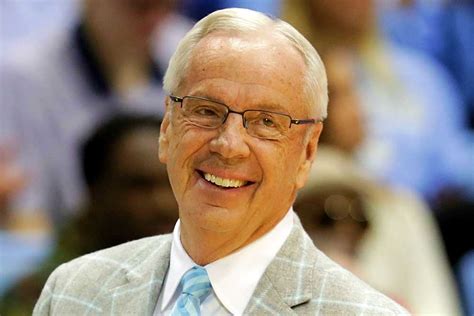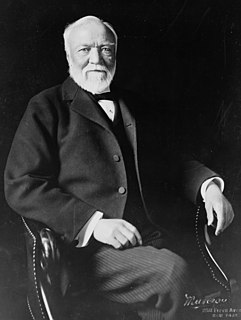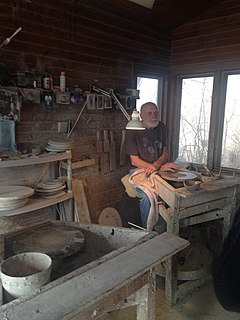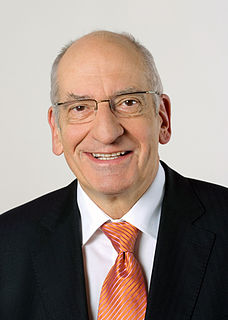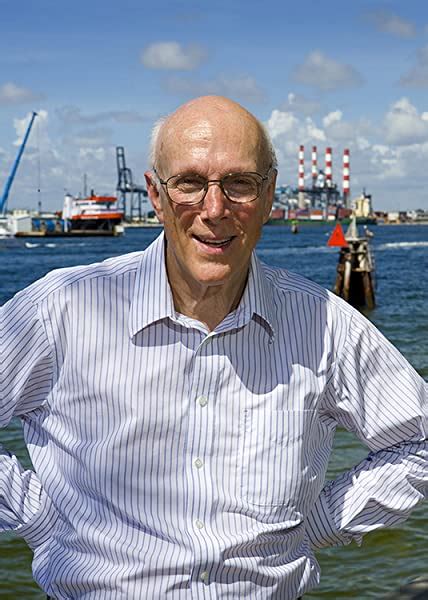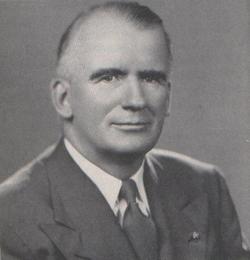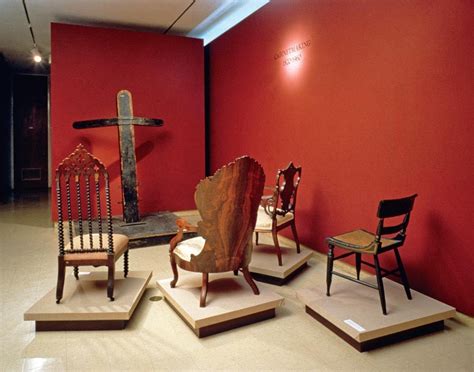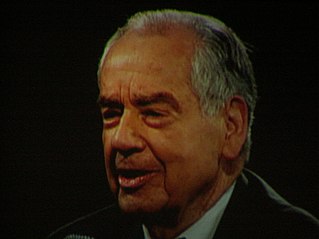A Quote by Brian Tracy
Demonstrate to your customer the difference between price and cost. The price is what it takes to purchase the item. The cost is the amount the customer eventually pays. They are not the same.
Quote Topics
Related Quotes
The price which society pays for the law of competition, like the price it pays for cheap comforts and luxuries, is great; but the advantages of this law are also greater still than its cost- for it is to this law that we owe our wonderful material development, which brings improved conditions in its train.
Since your time is your main involvement here - I mean, the clay doesn't cost very much. Even the glaze and the firing doesn't cost a great deal. But your time is the cost, and if you can keep your time to a minimum and still come out with the results you want, that means the pots can be sold for an economic price.
If you look at the expenses of a great pharmaceutical company, they pay between about 10 to 15 percent of their expenses for research, but they use 30 to 40 percent of their incomes for marketing and promotion. It is not completely wrong that they spend so much, but it is not correct to say that there is a direct connection between the price of drugs and the cost of research. It could be more between the cost of marketing and the cost of the drugs.
I said earlier [2015] year that I thought we'd get to 10 or 20 bucks [per barrel ] because that's the marginal cost, and when you're in a price war, it's the marginal cost that determines the price.It is a price war because basically the OPEC reason did not cut production in their November 2014 meeting was that they got tired of cutting production and having American frackers and Russians et cetera grab market share.
The determination of the value of an item must not be based on its price, but rather on the utility it yields. The price of the item is dependent only on the thing itself and is equal for everyone; the utility, however, is dependent on the particular circumstances of the person making the estimate. Thus there is no doubt that a gain of one thousand ducats is more significant to a pauper than to a rich man though both gain the same amount.
The successful producer of an article sells it for more than it cost him to make, and that's his profit. But the customer buys it only because it is worth more to him than he pays for it, and that's his profit. No one can long make a profit producing anything unless the customer makes a profit using it.
The problem with Wal-Mart is that it's a business model premised on offering the customer low prices at any cost - any cost to society, any cost to workers. They've got a lot of competition and have influenced people to follow their model through simply providing a model that is so successful at making profits.
The most common way customer financing is done is you sell the customer on the product before you've built it or before you've finished it. The customer puts up the money to build the product or finish the product and becomes your first customer. Usually the customer simply wants the product and nothing more.


